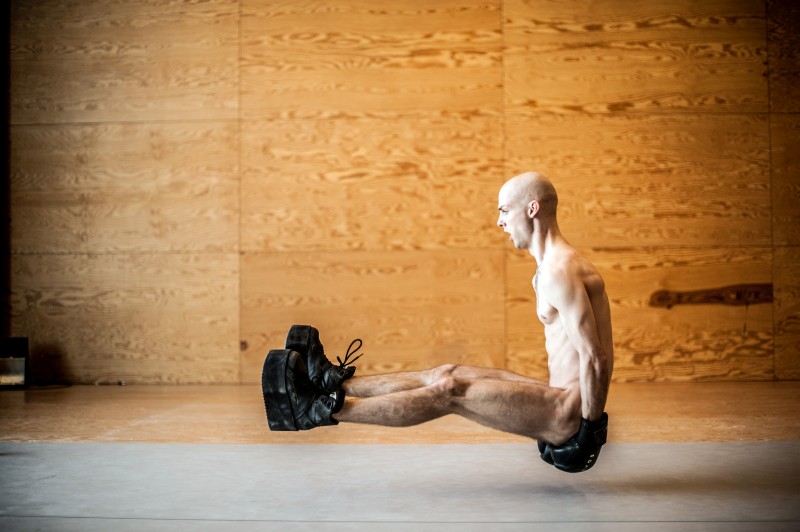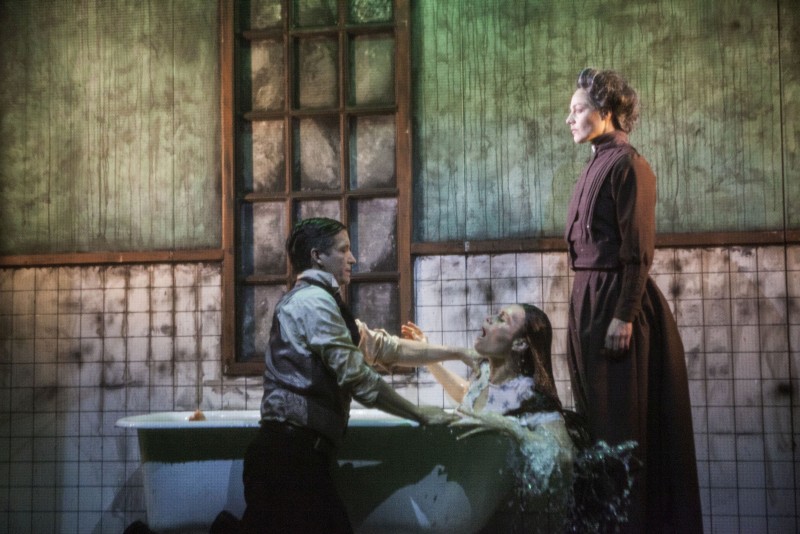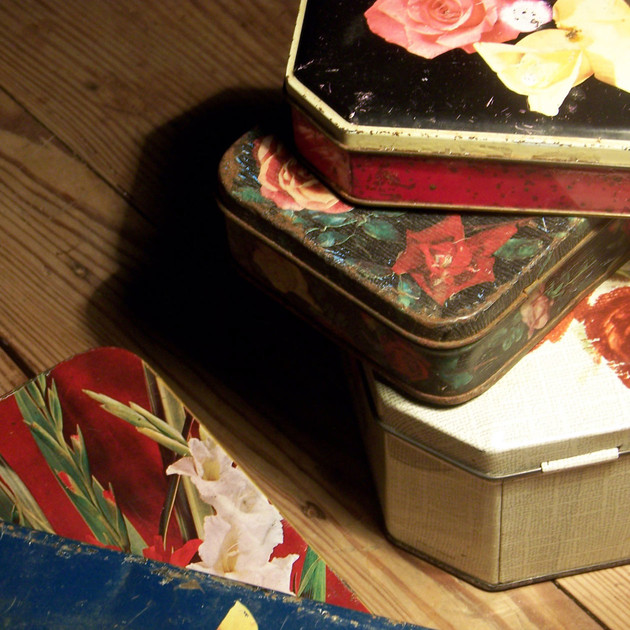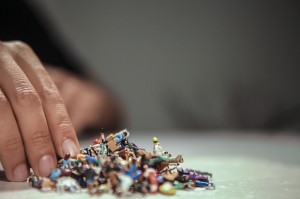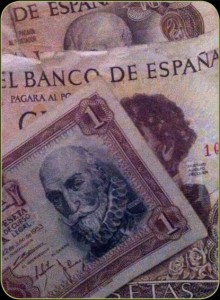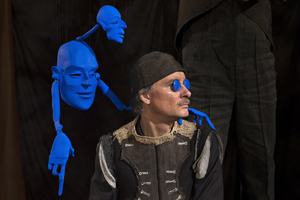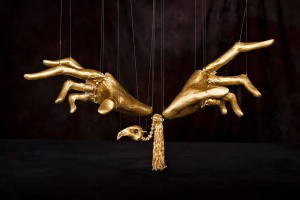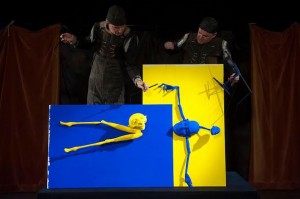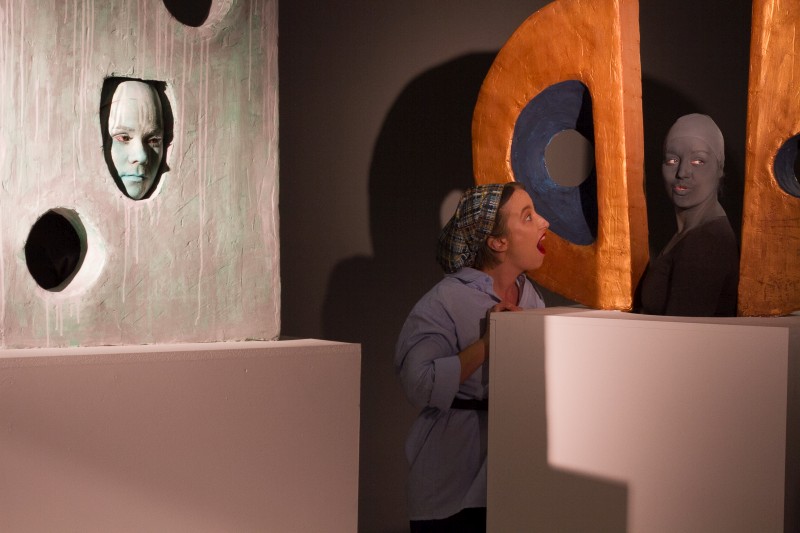 Imagine – it’s opening night of a long-awaited new musical on London’s West End. Can director Larry Goldblatt (David Bedella) succeed where Sir Laurence Olivier, Sir Peter Hall, and Peter Brook have failed? Will the book surpass those of Harold Pinter, Howard Brenton, or National Treasure Alan Bennett? Might the music eclipse that of Stephen Sondheim?
Imagine – it’s opening night of a long-awaited new musical on London’s West End. Can director Larry Goldblatt (David Bedella) succeed where Sir Laurence Olivier, Sir Peter Hall, and Peter Brook have failed? Will the book surpass those of Harold Pinter, Howard Brenton, or National Treasure Alan Bennett? Might the music eclipse that of Stephen Sondheim?
The audience gurgles with anticipation. We’re about to witness, in musical theatre style, the tempestuous relationship between a truly great artist and another artist (a woman), and the whole history of modernism – all in 70 minutes!
This is the premise of Mel Brimfield and Gwyneth Herbert’s joyful show about Henry Moore and Barbara Hepworth, staged at Wilton’s for three performances only, with a hastily-gathered top-notch cast, a punchy band, and PowerPoint. Described by the makers as ‘a fictitious lost musical reconstructed in fragments’, it neatly skewers gender politics, artistic status, and performing arts practice, in one sweep of its razor-sharp chisel.
The back story to the musical’s three decades of wrangling by theatrical luminaries is told via a spoof Arena TV programme. It sets the tone for the evening: clever, funny writing and inventive music, brought to life in performance and on film.
The Starling Arts Choir opens the show, rehearsing Truth to Materials. Their voices are stratified: sopranos are marble, altos are plaster, basses bronze, belting out that they are ‘together releasing the form’ – as much a comment on contemporary performance as it is a definition of modernist sculpture. This subtle intelligence is at play throughout.
There is the characterization of Henry as a DH Lawrence archetype, pictured hugging the ‘vital trunks’ of trees, while Barbara moons over dangling catkins and pink anemones. Andrew C Wadsworth is a glorious Henry, with just the right amount of swagger and Yorkshire vowels, singing a lusty paean to Adel Rock. As Barbara, Frances Ruffele’s solo show-stopping number defines the status of women in art through lines like ‘My shapes were bold, his were archetypal.’ She inhabits a world where stone replaces the glass in the ceiling. We feel for Barbara chipping away at her monumental blocks, quietly changing the face of British sculpture – from representation into abstraction – in the shadow of the Yorkshire titan and his money-making enterprises.
The personal relationship between sculptors is deftly traced. Henry’s star rises while Barbara cares for the triplets, his international reputation burgeoning while she has Hull.
It is a shame that the ambition, stated in the publicity, for ‘breathtaking set design’ didn’t manifest at these performances. I missed the visual elements that looked so alluring in pre-show clips. There are spoken interludes, featuring the rounded tones of Hugh Ross as The Critic, and moments of recorded interviews against archive film that would have benefitted from a richer palette, particularly given the grandeur of the space. The performances are all first rate; David Bedella (Jerry Springer’s Satan), reading from notes, injects real West-End glamour.
Hopefully the piece will be developed further and the slightly odd conjunctions and transitions eased out. I wonder too whether leaving us with the refrain of Springtime for Hitler and Germany (from The Producers) is the right decision? It does scan beautifully as Henry and Barbara, but given Gwyneth’s evident talent for a song and a tune, it would have been great to have left humming something of hers.
Mel Brimfield has been delving into the lives of artists for several years, creating wonderfully playful films and installations that pack a punch. It was lovely to hear Joanna Neary’s pitch-perfect narration to a film of Barbara Hepworth at work (from 2011). This final fragment of the evening overturned the whole premise of the musical, showing that Barbara too was driven and pompous; ‘Sometimes a low wattage bulb is just what one needs’ she drawls, referring to Henry’s mediocrity.
Springtime for Henry (and Barbara) has been lovingly developed by two highly accomplished and idiosyncratic talents, and I for one would be thrilled to see it take its natural place on Broadway.

